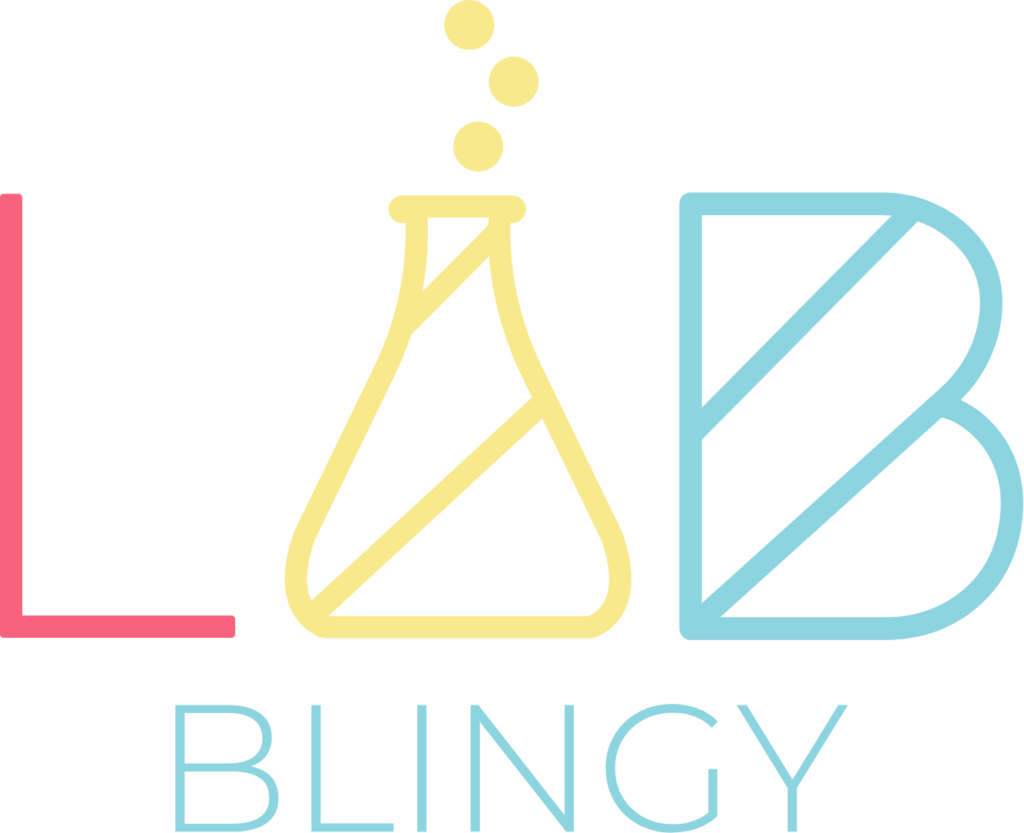The early hours of May 13 are the darkest time for holders of the LUNA cryptocurrency. The catastrophic devalue of the currency alongside the news of its stablecoin – TerraUSD (UST) – losing its Peg heralded an unprecedented market crash in the crypto community.
Since creating a new blockchain in the wake of Terra’s algorithmic stablecoin collapse, Luna continues making recovery moves with the rebranded Luna Classic (LUNC) already transformed to LUNA 2.0.
Although an extensive Luna recovery plan is now in place through Luna 2.0 and other new projects, let’s get a keen insight into what spawned the Luna and TerraUSD prices to nosedive.
Let’s dive deep into the main reasons which caused Luna to crash.
What Happened to Terra Luna?
To understand how the Luna crash occurred, you need to get conversant with the stabilization mechanism of the UST and the concept of Unrealized Market Value.
A Stablecoin is simply a currency guaranteeing the price stability of a coin. Like other Stablecoins, UST gets used as a stabilization tool for the LUNA token. By minting and burning tokens, users can regulate the supply of LUNA or stabilize the token’s price.
Whenever UST prices exceed $1, traders are encouraged to burn LUNA in exchange for UST and then sell the stablecoin for a $0.01 profit. On the flip side, if the UST price drops below $1, traders are expected to burn one UST and receive a $1 value of LUNA, or they can choose to sell the LUNA for a $0.01 profit. This transaction and stabilization mechanism is known as the ‘Arbitrage mechanism.’
Unrealized Market Value, on its part, is a theoretical profit that appears only on financial statements. This concept explains instances like the increase in crypto assets’ value like LUNA that’s yet to be sold for real cash. Traders realize value after they sell the asset. Just like unrealized market value, the Market capitalization of coins represents an estimated market value of a specific cryptocurrency, not necessarily how much its entire supply is worth if it was all sold at once. Sometimes, a smaller cap coin can create an inflated and sizable total market value.
So why did LUNA crash, and what has it to do with all of these?
The main issue spawned when investors who owned LUNA chose to sell it right away rather than hold it for the long term or remain bullish on the coin while hoping for a price increase. This scenario brought LUNA under constant selling pressure, especially when UST commenced trading at a sharply de-pegged price.
Stablecoins are supposed to maintain a 1:1 ratio; for each cryptocurrency coin or token issued, there should be cash, cash equivalents, or hard assets backing. For example, the two largest stablecoins by market capitalization, Tether (USDT) and USD Coin (USDC), are backed by fiat-equivalent reserves issued by centralized firms. Meanwhile, UST is an algorithmic stablecoin mainly backed by its sister cryptocurrency, LUNA, but was also backed by Bitcoin.
For a “stablecoin” like UST, the more it is commercially used generically and in the Web3 decentralized economy, the more valuable its coin, LUNA, becomes. On the way up, this minting and destroying mechanism come in handy. However, if UST fails to reverse its downward trend, a death spiral is bound to occur, warranting the indefinite minting of LUNA to re-establish UST as its anchor. With the Luna crash, this was not just the story.
Unfortunately for most investors, a certain $85 million UST – US Dollar swap destabilized the pool. After this event, random defenders and investors began the attempt to restore balance to the Curve pool, with holders selling approximately 50,000 ETH and sending another 20,000 to the Binance platform. Because of this, there was insufficient reserve to maintain the stablecoin price peg at $1.
Another problem was the promise of a stable 20% annual yield through the Anchor protocol. This brought a lot of demand into the Ecosystem. This demand kept LUNA from crashing too early by inflating the demand for UST through the Anchor Protocol. With such a high demand for UST, LUNA was burned each time UST was created. Thus, the LUNA coin exploded in value in a very short amount of time, artificially decreasing the supply.
People felt these big players would remain anchored to the UST at this point, but the reverse was the case. The statistical curve from the point of depeg was very smooth and undistorted with the performance of a free-fall. After Luna’s unrealized market cap was exploited, the price of the stablecoin began to slump.
The UST started depegging on May 10 at precisely 0:00 hrs; it dragged LUNA alongside it. UST holders were concerned the token would lose value, peg, and begin to sell off. They were also worried traders on the Terra chain would be unable to keep up with the massive sell-off and that the price of LUNA would crash. Eventually, that was what happened.
To justify the co-relation between UST and LUNA, the metric “Cumulative UST destruction over Luna Total Market Cap Reduction” is also significantly smoothed, indicating that Luna’s total market cap reduction evenly distributes the impact of UST destruction.
Ultimately, Terra LUNA crashed due to capital hunting and a debt crisis on the Terra Blockchain.
Aftermath of Luna Crypto Crash
Following the crash of the Terra Blockchain, most crypto exchanges delisted Luna and its UST pairings, just as was witnessed with Luna Coinbase deregistration. Trading firms also excluded the coin from the trading landscape. Terraform Labs proceeded to set up recovery plans to revive the dying Blockchain. On May 27, the Terra community launched a new Luna 2.0 token, built on a new decentralized and open-source public blockchain, Terra 2.0.
This new underlying system severed ties with the UST stablecoin, elicited the Blockchain’s plummet. DApps on the Luna Classic were also introduced to the new native token alongside the new chain, with new intriguing features set to be incorporated into the new Terra Luna 2.0 network.
After the launch, holders of the previous iteration of Luna – Luna classic – were compensated for their spoils through a Luna 2.0 airdrop. The airdrop incentivized; Pre/post-crash Luna holders, pre/post-crash UST holders, and the Terra community pool. Most investors sold their new crypto tokens in a quest to rebirth and recoup some of their losses during the catastrophic black swan event. Some “Lunatics,” die-hard LUNA supporters, faithfully admit the airdrop helped them recoup a small percentage of their original investments.
Final Thoughts
The May Luna crash was undoubtedly an unprecedented decline, especially with most investors losing a fortune. Even worse, the Crypto downtrend contagion has continued, causing global cynicism in the crypto market. The Terra/UST collapse was devastating, especially for investors, but there is still hope for LUNA and crypto. The unprecedented bullish run over the last 13 years and the fact that Bitcoin became the most prominent cryptocurrency after being a worthless asset should easily change your mind against Luna’s revival.
The crash happened. But, to be honest, UST was an unusual bubble showing signs of success until it wasn’t. The coin was once one of the top ten most valuable cryptocurrencies before its decline. In essence, I think the LUNA crash should serve as a cautionary tale for calling shots or drawing conclusions in the Luna/UST story or even when a successful UST clone appears in 2027 and beyond.
What are your thoughts? Do you believe Terra Luna would re-emerge as a valuable cryptocurrency?
Follow my Twitter @JoyyuanWeb3 to learn about the trends of Blockchain, Crypto, and Web3!








